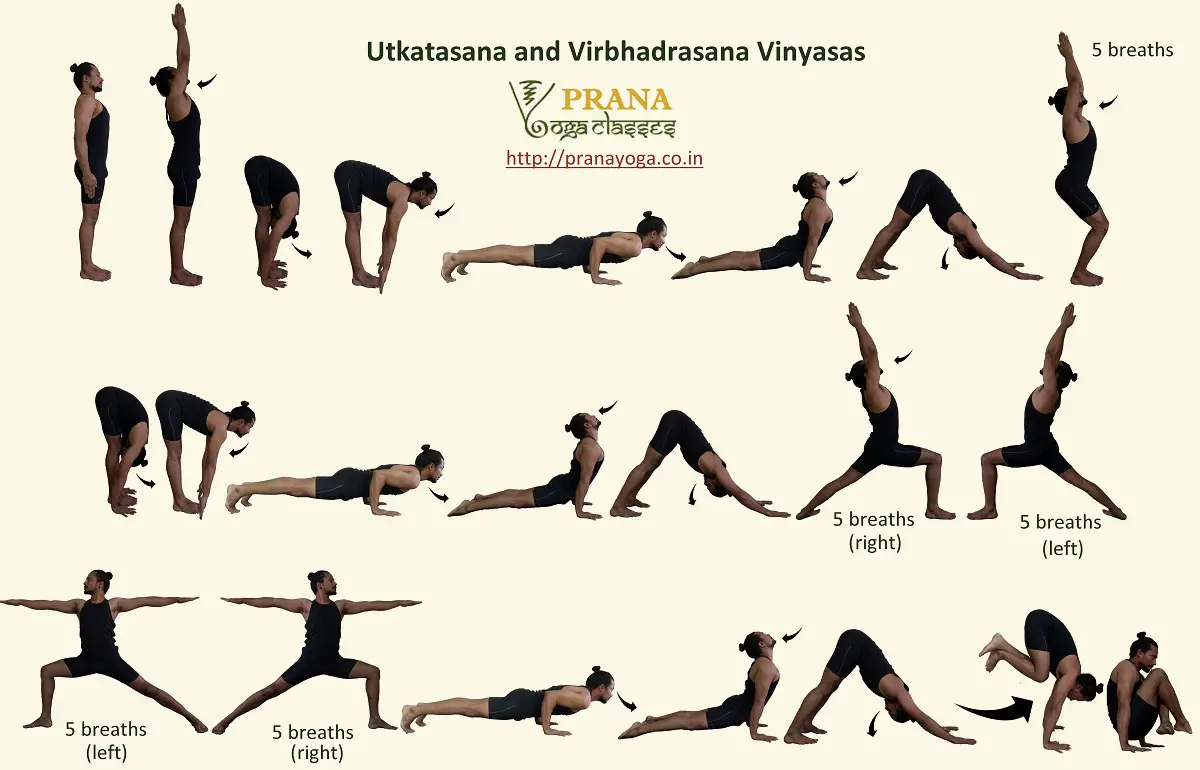

That way you can allow the body to flow naturally with the flow of the mantras and just internalize and enjoy the meditative experience.Īt the end of the practice, you can relax for a few minutes in Shavasana (Corpse pose). In fact, I recommend that you should keep the eyes closed throughout this practice. And finally, it becomes a very meditative experience as you can get totally absorbed in the sound vibration, the rhythm and the uplifting energy of the chanting of the mantras.It is a pranayama practice as we are trying to breathe deep, ujjayi breaths, and also trying to keep each move synchronized with the breath.It is obviously an asana practice as it involves physical stretching asanas.Treat this whole practice as a combination of asana, pranayama and meditation practices. Once you become very familiar with the whole sequence, you may decide to add more variations to different asanas in the sequence. However, if you run out of breath while the mantra is still going on, you should take extra breaths, as needed. Each move should start with the appropriate breath. It is important to maintain the proper breathing sequence as given in the table below. Try to take deep, ujjayi breaths for this practice. Here are some basic guidelines while practicing Surya Namaskara with the chanting of the mantras:Įach move needs to be synchronized with the pace set by the mantra chanting. Guidelines for practicing with the mantras Of course, in your own practice, you may choose to do more than three rounds. In the classes that I teach, we usually practice with these variations. I have shown some simple variations in each round. I am pleased to present a short video sequence which has three rounds of the Surya Namaskara practice with the chanting of mantras. It limbers up the whole body in preparation for the other Asanas (postures) that are practiced as part of a regular yoga routine. Practiced daily it will bring great flexibility to your spine and joints and trim your waist. The sequence also flexes and stretches the spinal column through their maximum range giving profound stretch to the whole body. Each position counteracts the one before, stretching the body in a different way and alternately expanding and contracting the chest to regulate the breathing.

The Sun Salutation is a graceful sequence of twelve positions performed as one continuous flow. Of course, each style introduces its own variations to the main sequence to make it unique for their style of yoga. As we know today, almost all styles of yoga incorporate some form of Surya Namaskara as a part of their yoga routine. He then introduced these practices in the schools so the students could stay healthy. He got the idea of integrating the practice of Surya Namaskara into the yoga practice. He was apparently a practitioner of the ancient practice of sun worship in the form of Surya Namaskara as well as a yoga practitioner. So, how and when did the practice of Surya Namaskara become a part of the yoga routine? It is believed that in the mid-1920s, there was a king of the state of Aundh in India named Meherban Shrimant Raja Bhavan Rao Shrinivas ‘Bala Sahib’. These twelve moves of Surya Namaskara, the corresponding mantras, and a brief description of each move are listed in the table below. You can listen to a beautiful rendition of the mantra chanting here (click the play button) In that sense, this becomes a very devotional practice. Each mantra represents a prostration to one of the twelve names or manifestations of the Sun god. There are twelve mantras, one for each move of the Surya Namaskara sequence. Each of these asanas is accompanied by the chanting of a mantra. In the classical Surya Namaskara sequence there are twelve moves/asanas. My assumption is that the Surya Namaskara sequence, as practiced today, is a gradual evolution from its ancient origins. It is not clear as to what the exact nature of this ritual, in terms of the asanas/stretches performed, was in the ancient times. However, Surya Namaskara has been practiced as a religious ritual for possibly thousands of years as a form of worship to the "Sun God". In these texts there is no mention of the practice of Surya Namaskara. Two of the most commonly referenced texts are the Hatha Yoga Pradipika and the Gherand Samhita.

Traditionally, it is performed at dawn, facing the rising sun.įrom a historical perspective, Surya Namaskara (Sun Salutation) is not listed as one of the yoga practices in any of the traditional, ancient yoga texts.

Classical sun salutation sequence series#
The Sun Salutation (Surya Namaskara – सूर्य नमस्कार) originated as a series of prostrations to the sun. The Rig Veda declares that "Surya is the Soul, both of the moving and unmoving beings". It is also revered as the source of life and energy. In Hindu mythology, the sun god is worshipped as a symbol of health and immortal life.


 0 kommentar(er)
0 kommentar(er)
